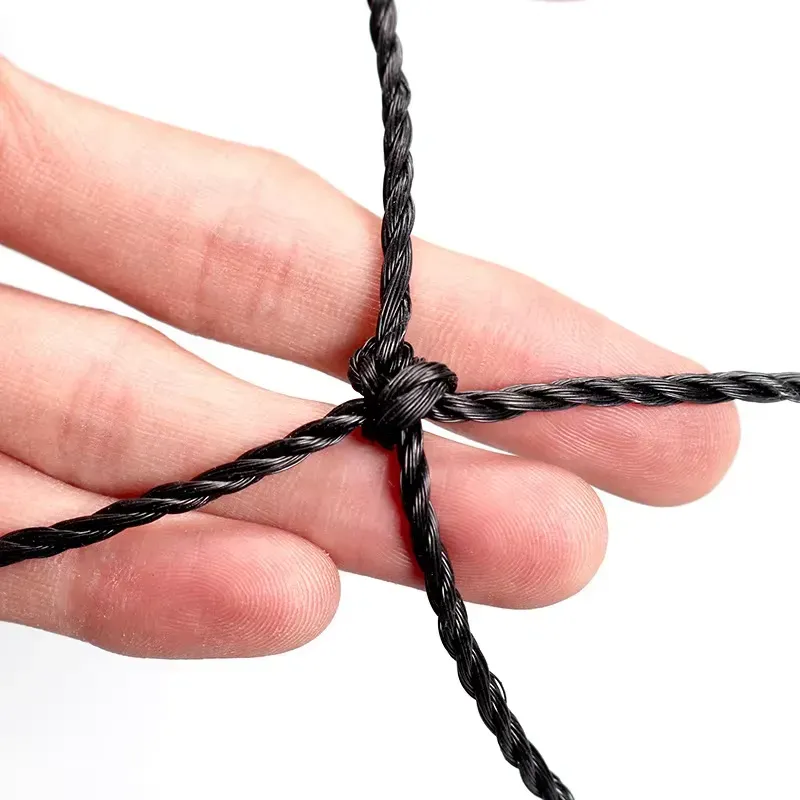-
 افریقی
افریقی -
 البانیایی
البانیایی -
 امهاریک
امهاریک -
 عربي
عربي -
 ارمانیایی
ارمانیایی -
 اذربایجان
اذربایجان -
 باسک
باسک -
 بلاروسي
بلاروسي -
 بنګالي
بنګالي -
 بوسنیایی
بوسنیایی -
 بلغاریه ایی
بلغاریه ایی -
 کتالین
کتالین -
 سیبوانو
سیبوانو -
 چین
چین -
 کورسیکن
کورسیکن -
 کرواسین
کرواسین -
 چکسلواکي
چکسلواکي -
 دنمارکي
دنمارکي -
 الماني
الماني -
 انګلیسي
انګلیسي -
 ایسپیرینټو
ایسپیرینټو -
 ایستونین
ایستونین -
 فنلینډي
فنلینډي -
 فرانسوي
فرانسوي -
 فریزین
فریزین -
 ګالیسي
ګالیسي -
 ګرجستاني
ګرجستاني -
 جرمني
جرمني -
 یوناني
یوناني -
 ګجراتي
ګجراتي -
 هیتیان کریول
هیتیان کریول -
 هوسا
هوسا -
 هوایی
هوایی -
 عبري
عبري -
 نه
نه -
 مياو
مياو -
 هنګري
هنګري -
 ایلینډیک
ایلینډیک -
 igbo
igbo -
 انډونیزین
انډونیزین -
 ایرلینډي
ایرلینډي -
 ایټالیوي
ایټالیوي -
 جاپاني
جاپاني -
 جاوه ای
جاوه ای -
 کناډا
کناډا -
 قزاقي
قزاقي -
 خمیر
خمیر -
 روانډا
روانډا -
 کوریایی
کوریایی -
 کرد
کرد -
 قرغیزي
قرغیزي -
 TB
TB -
 لاتین
لاتین -
 لیتوین
لیتوین -
 لیتوانیایی
لیتوانیایی -
 لوګزامبورګي
لوګزامبورګي -
 مقدوني
مقدوني -
 ملګاشي
ملګاشي -
 مالایا
مالایا -
 ملایلم
ملایلم -
 مالتیس
مالتیس -
 ماوري
ماوري -
 مراټي
مراټي -
 مغولي
مغولي -
 میانمار
میانمار -
 نیپالي
نیپالي -
 نارویژي
نارویژي -
 نارویژي
نارویژي -
 اوکیتین
اوکیتین -
 پښتو
پښتو -
 فارسي
فارسي -
 پولیش
پولیش -
 پورتګالي
پورتګالي -
 پنجابي
پنجابي -
 رومانیایی
رومانیایی -
 روسي
روسي -
 سامون
سامون -
 سکاټلینډي ګیلیک
سکاټلینډي ګیلیک -
 صربي
صربي -
 انګلیسي
انګلیسي -
 شونا
شونا -
 سندي
سندي -
 سنګال
سنګال -
 سلواکي
سلواکي -
 سلوانیایی
سلوانیایی -
 سومالیایی
سومالیایی -
 هسپانیه ایی
هسپانیه ایی -
 سنډانیز
سنډانیز -
 سواحلي
سواحلي -
 سویډیش یا سویډني
سویډیش یا سویډني -
 تګالوګ
تګالوګ -
 تاجک
تاجک -
 تامیل
تامیل -
 تاتار
تاتار -
 تولیګو
تولیګو -
 تای
تای -
 ترکي
ترکي -
 ترکمني
ترکمني -
 اوکرایني
اوکرایني -
 اردو
اردو -
 اویغور
اویغور -
 ازبکي
ازبکي -
 ویتنامي
ویتنامي -
 ولش
ولش -
 مرسته
مرسته -
 یدیش
یدیش -
 یوروبا
یوروبا -
 زولو
زولو
Application and Development of Nylon Screen
Nylon screen is a kind of screen made of nylon fiber, which is widely concerned because of its wear resistance, flexibility and chemical corrosion resistance. Parameters such as mesh size, thickness and tensile force of nylon screen can be customized according to actual requirements, and it is suitable for application scenarios in different aquaculture environments.

Main Characteristics of Nylon Screen
High strength and durability: د نایلان جالی مواد has excellent mechanical properties, and can withstand large external forces without being damaged easily.
Strong corrosion resistance: نایلان جال is not easy to age or corrode after long-term use in water and chemicals.
Good flexibility: this feature makes it easy to operate in installation and use, reducing the risk of damage.
Fine and controllable mesh: according to the different needs of breeding species, the mesh size can be accurately adjusted to ensure applicability.
Environmental protection: nylon material has little impact on the environment and meets the requirements of sustainable development.
Common Specifications and Types of Nylon Screen
Nylon screen can be divided into monofilament نایلان جال and multi-filament nylon screen. The former is made of single fiber with regular mesh, which is suitable for fine filtration requirements; The latter is interwoven with multiple fibers, which has higher strength and is suitable for high-strength or large-area use scenes.
Suggestions on the Use and Maintenance of Nylon Screen
In order to prolong the service life of nylon screen and give full play to its performance, users need to pay attention to the following points during use and maintenance:
-
Clean regularly
Long-term use of nylon mesh netting is easy to accumulate bait residue and impurities in water, which may lead to mesh blockage or bacterial growth. Therefore, it is recommended to clean once a week, use neutral detergent and rinse with clean water.
-
Avoid overstretching
که څه هم nylon screen has good flexibility, excessive stretching may lead to mesh deformation or structural damage. During installation and use, excessive tension should be avoided.
-
Prevent chemical corrosion
که څه هم nylon net has strong corrosion resistance, long-term exposure to chemicals such as strong acid and alkali may accelerate aging. Therefore, the use in this kind of environment should be avoided as much as possible.
-
Replace it regularly
Even in normal use, nylon screen will age with time. Generally speaking, it should be replaced every 3-5 years to ensure its function and safety.
Future Development Direction of Nylon Screen
With the continuous progress of aquaculture technology, nylon screen is also developing in the direction of higher performance and more environmental protection. For example:
Application of functional coating: Adding antibacterial and algae-proof coating on nylon screen can further improve its antifouling ability and service life.
Intelligent screen: Intelligent screen combined with sensor technology can monitor water quality and fish activities in real time and provide data support for aquaculture management.
Research and development of new materials: research and develop new nylon materials that are lighter and more durable, and improve the adaptability of screen in extreme environment.
Nylon screen plays an important role in aquaculture industry because of its excellent performance and diversified applications. It plays an irreplaceable role from improving aquaculture efficiency to optimizing environmental management. With the continuous progress of technology, the function and application scope of د نایلان میش سکرین will be further expanded, which will inject more possibilities for the sustainable development of aquaculture industry.
-
Shipping Plastic Bags for Every NeedخبرونهJul.24,2025
-
Safety Netting: Your Shield in ConstructionخبرونهJul.24,2025
-
Plastic Mesh Netting for Everyday UseخبرونهJul.24,2025
-
Nylon Netting for Every UseخبرونهJul.24,2025
-
Mesh Breeder Box for Fish TanksخبرونهJul.24,2025
-
Expanded Steel Mesh Offers Durable VersatilityخبرونهJul.24,2025











